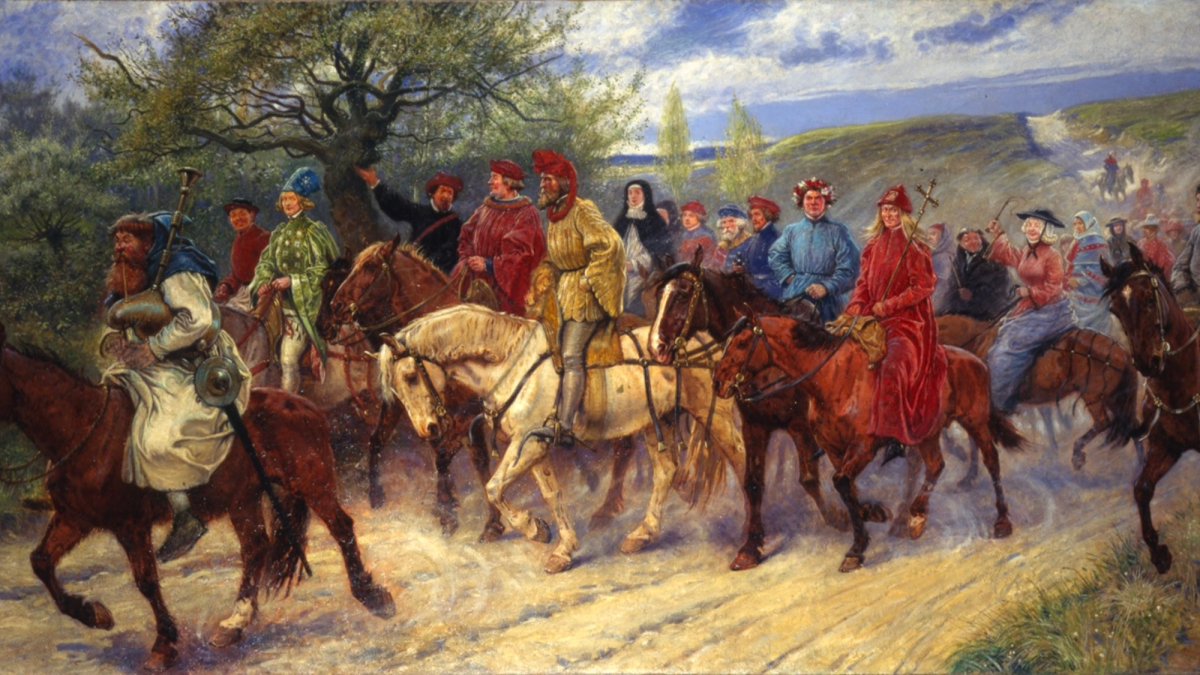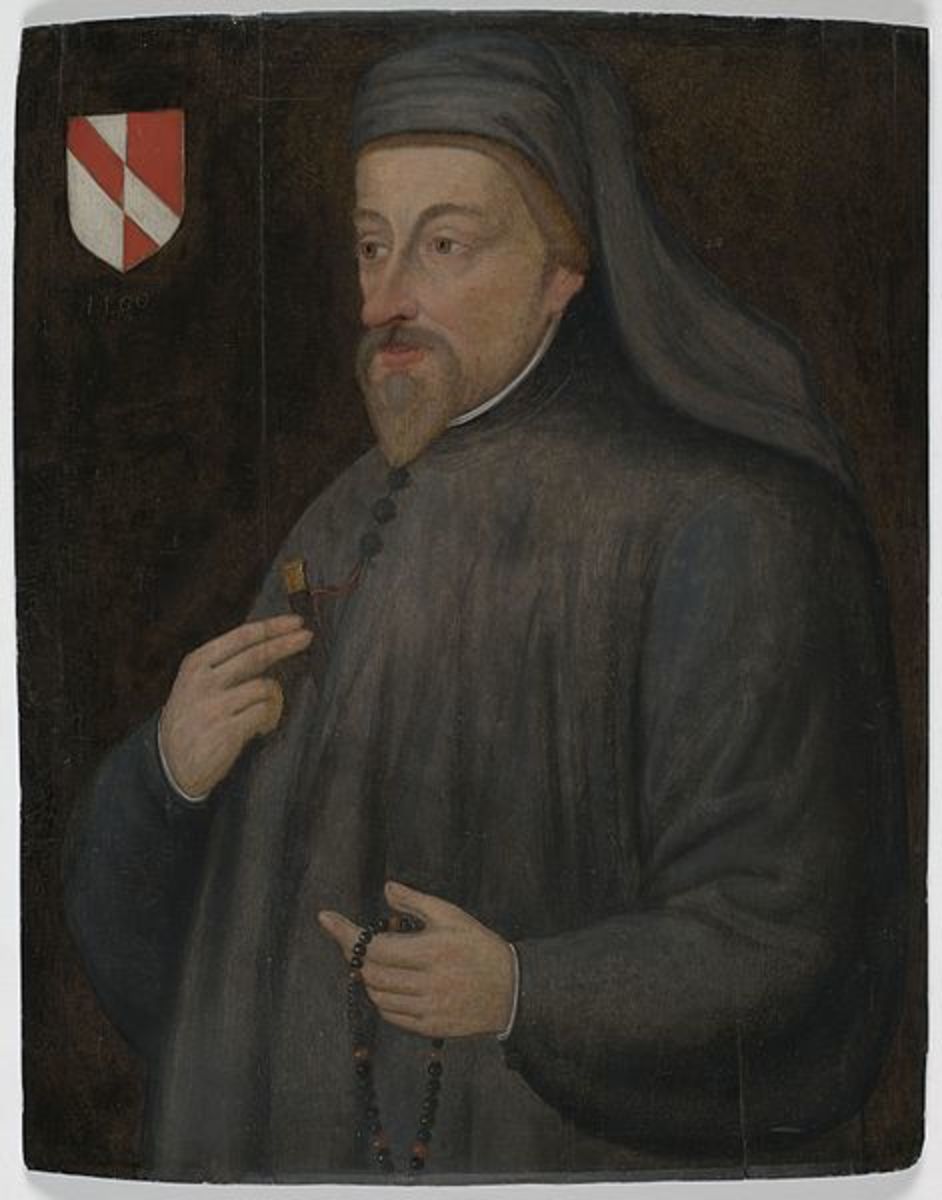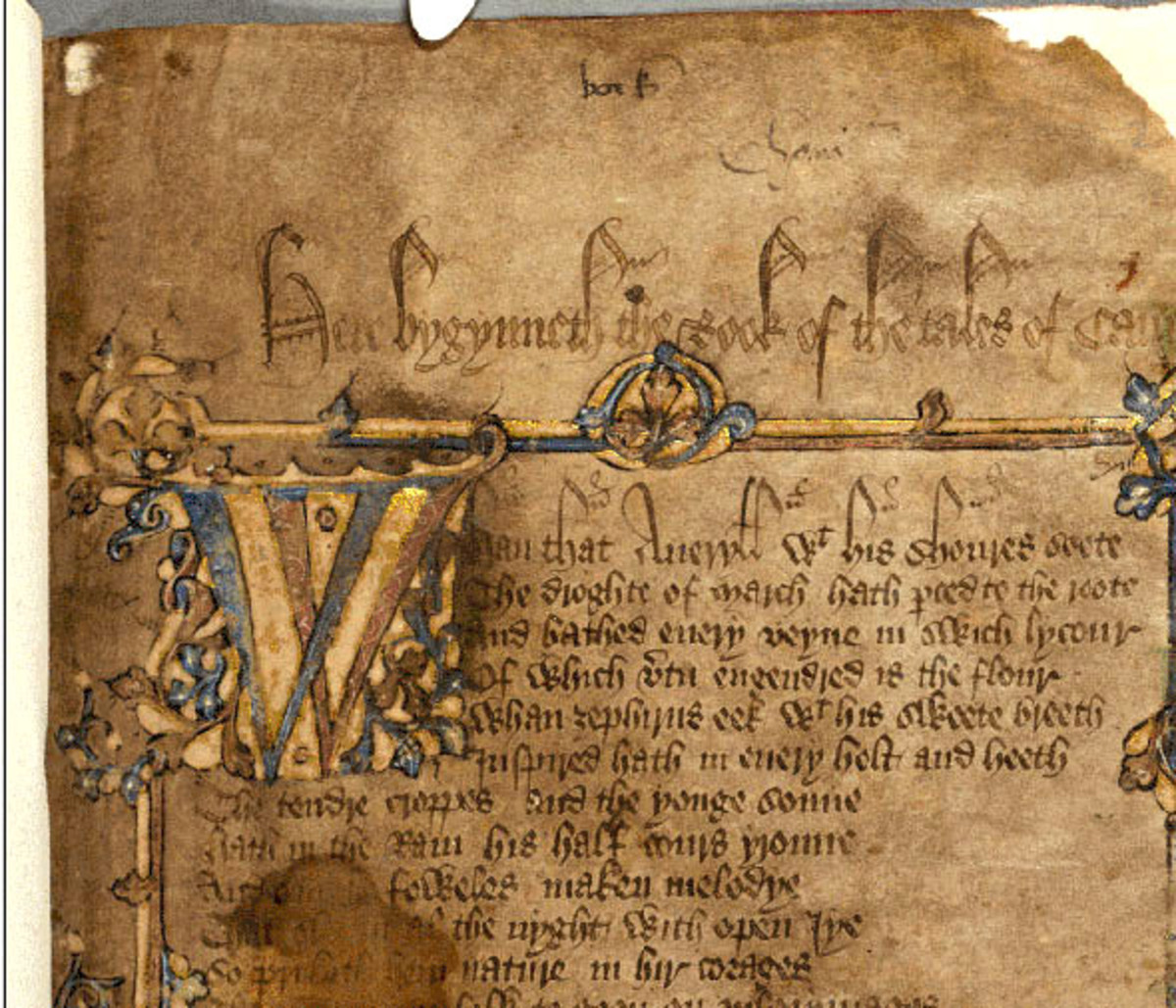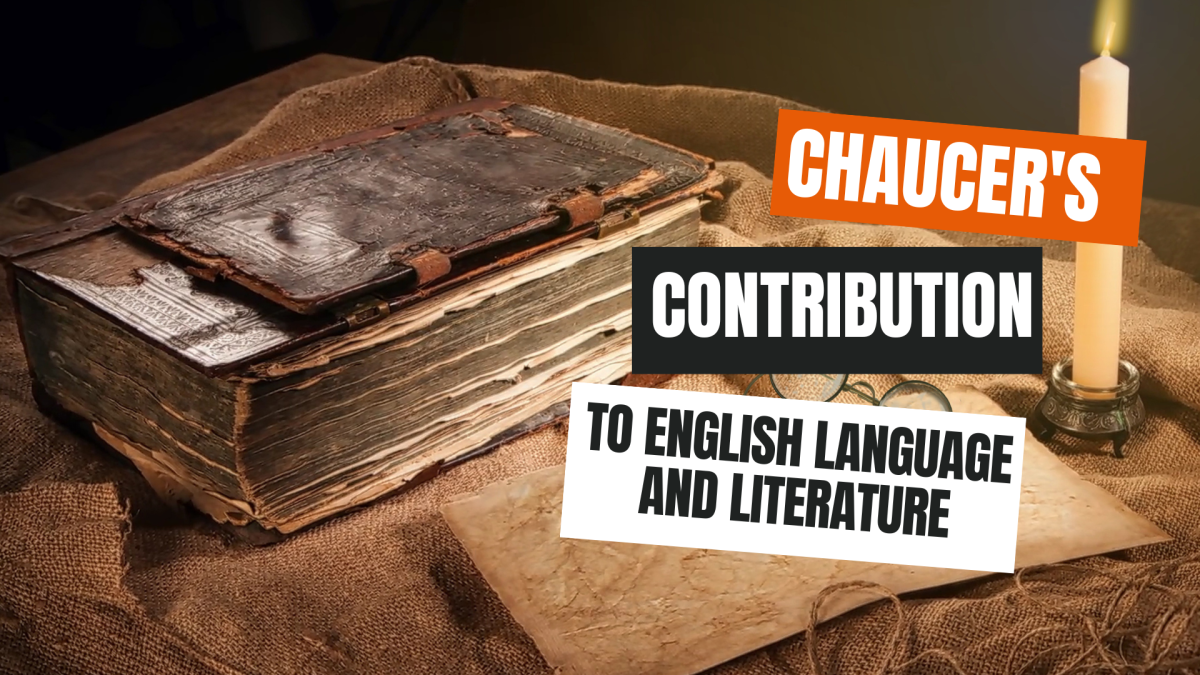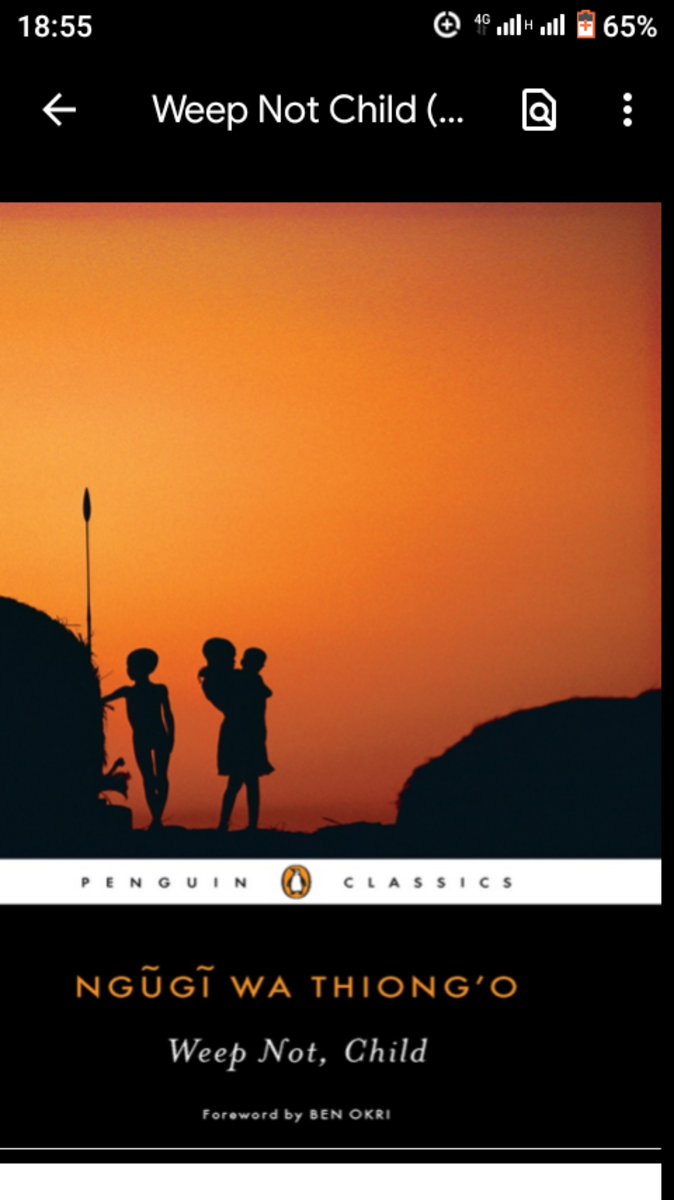Canterbury Tales, An Introduction
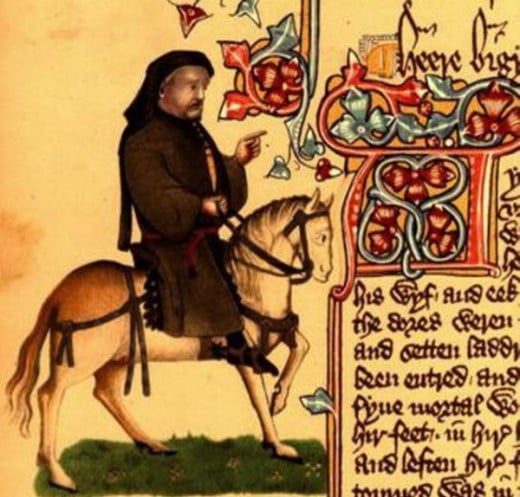
The goal of this article is to provide a brief general introduction to The Canterbury Tales, by Geoffrey Chaucer.
The Canterbury Tales.
Even if you have never read the Canterbury Tales, chances are that you are familiar with many of the stories because they have been the inspiration for many other works of literature and even movies and television episodes. Anyone who has ever had any type of interaction with any type of reading or literature has encountered these tales. Whether you have just heard of the name and wish to explore the Canterbury Tales further, or if you're a book worm looking for more information, you'll find all the information on these great tales right here.
The Canterbury Tales are a collection of stories written by Geoffrey Chaucer. The exact date of when they were penned is unknown but it is believed based upon the type of language used when telling the stories that these tales were written sometime within the 14th century. It is actually believed that the tales were influenced by Chaucer's visit to Italy sometime in the year 1372, where he was introduced to a collection of novellas known as The Decameron. Many critics believe that Chaucer used these novellas as a bit of inspiration to write the Canterbury Tales.
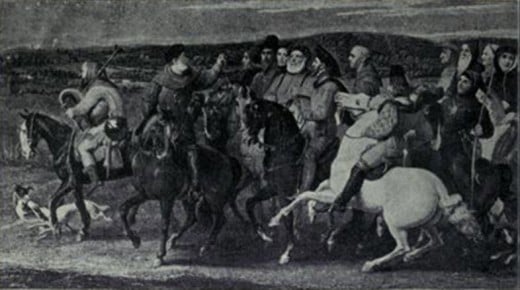
The Prologue of the Canterbury Tales, Read in Middle English
What are The Canterbury Tales About?
The Canterbury Tales are a collection of stories which involve a group of English pilgrims. The pilgrims are engaged in a story telling contest as they travel together from Southwark to the shrine of Saint Thomas Becket which is located at Canterbury Cathedral. The stories give an accurate description of English society during the time that these pilgrims were traveling and shows a deep look into views of the Church during that period of time.
The chosen writing style of The Canterbury Tales is that of having most of the tales written in verse or prose style of writing. While the original text is written in English, it is a form of English known as Middle English which was popular during the 14 century. At the time that this work was written, it was popular to write in French or Latin, the Canterbury Tales popularized the idea that English could be used as a form of literature writing, and for that reason these Tales are credited with being one of the first English literature works.
Useful Sites About the Canterbury Tales
- The Canterbury Tales Characters | GradeSaver
Brief description and alaysis of the characters in The Canterbury Tales - Canterbury Tales Project
The Canterbury Tales Project home page - Hengwrt Chaucer Digital Facsimile
An online reproduction of one of the earliest known medieval illuminated manuscripts of the Canterbury Tales - The Canterbury Tales - Wikipedia, the free encyclopedia
Wikipedia article about the Canterbury Tales.
How the Tales are Organized
The method that The Canterbury Tales follows allows this collection of stories to be structured in a very different way. This huge collection of tales is actually sectioned off into different Fragments. There are 10 fragments in all, and each contain a selection of tales told by the various pilgrims that have similar complaints, problems and settings. Within these fragments are some of the most well known tales out of the Canterbury Tales including The Knight's Tale and Miller's Tale, which are both located in the first fragment of the tales.
It is believed that there are many historical contexts of the time written and weaved throughout many of the tales of the Canterbury Tales. There are battles and political standings that are mentioned through the tales as well as showing readers the various views of the Church in the different tales. Another context that these tales tackle is that of the social class structure and the way that each individual lived during that period of time.
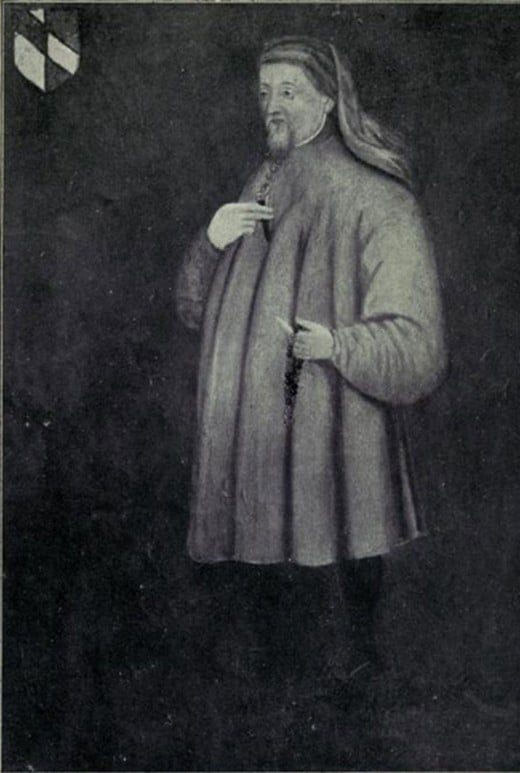
Conclusion
The Canterbury Tales has become somewhat of an iconic piece of literature. Due to the time frame, and Chaucer's unique writing style, it gives many literature enthusiasts the opportunity to interpret that text in a number of different ways. There are hundreds of interpretations and text adaptations of these tales that are available today.
Please leave a comment.

